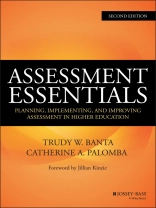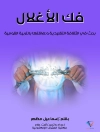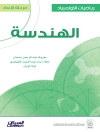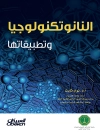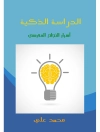A comprehensive expansion to the essential higher education
assessment text
This second edition of Assessment Essentials updates the
bestselling first edition, the go-to resource on outcomes
assessment in higher education. In this thoroughly revised edition,
you will find, in a familiar framework, nearly all new material,
examples from more than 100 campuses, and indispensable
descriptions of direct and indirect assessment methods that have
helped to educate faculty, staff, and students about
assessment.
Outcomes assessment is of increasing importance in higher
education, especially as new technologies and policy proposals
spotlight performance-based success measures. Leading authorities
Trudy Banta and Catherine Palomba draw on research, standards, and
best practices to address the timeless and timeliest issues in
higher education accountability. New topics include:
* Using electronic portfolios in assessment
* Rubrics and course-embedded assessment
* Assessment in student affairs
* Assessing institutional effectiveness
As always, the step-by-step approach of Assessment
Essentials will guide you through the process of developing an
assessment program, from the research and planning phase to
implementation and beyond, with more than 100 examples along the
way. Assessment data are increasingly being used to guide
everything from funding to hiring to curriculum decisions, and all
faculty and staff will need to know how to use them effectively.
Perfect for anyone new to the assessment process, as well as for
the growing number of assessment professionals, this expanded
edition of Assessment Essentials will be an essential
resource on every college campus.
Inhaltsverzeichnis
Foreword
Preface
About the Authors
1. Defining Assessment
Some Definitions
Pioneering in Assessment
Quality Assurance: An International Perspective
Assessment Purposes
Values and Guiding Principles
2. Assessment Essentials
Planning Effective Assessment
Implementing Effective Assessment
Improving and Sustaining Assessment
Additional Thoughts
3. Engaging Faculty and Students in Assessment
Involving Faculty in Assessment
Involving Students in Assessment
Acting with Integrity
4. Setting Expectations and Preparing to Select Measures
Intentions for Learning: Goals, Objectives, Outcomes
Developing Statements of Expectations
Selecting Methods and Approaches
Designing Instruments
Determining Approaches for Implementation
Putting Everything Together
5. Using Direct Measures
Using Classroom Assignments for Outcomes Assessment
Performance Assessment
Rubrics
Aggregating Assessment Results in and across Courses
Using Objective Tests for Outcomes Assessment
Electronic Portfolios
6. Using Indirect Assessment Methods
Using Surveys in Assessment
Using Focus Groups in Assessment
Additional Indirect Methods
Qualitative versus Quantitative Approaches
Classroom Assessment Techniques
7. Assessing Learning in the Major
Capstone Experiences and Courses
Portfolios
Experiential Education
Group Work and Team-Building Skills
Employer Involvement
Intentional Learning
8. Assessing Learning in General Education
The Nature of General Education
Assessment Choices and Issues
Using Commercial Instruments and the Voluntary System of Accountability
Assessing Specific Aspects of General Education
Values and Attitudes
The Degree Qualifications Profile
Assessing General Education Outcomes within the Major
9. Assessing Student Learning and Program Effectiveness in Student Affairs
Foundations for Assessment in Student Affairs
Mission, Goals, and Objectives
Leadership and Preparation for Assessment in Student Affairs
Assessment Frameworks, Models, and Diagrams
Assessment Plans and Methods
Reporting and Sharing Results
Communicating Results
Ethical Behavior
Improving Assessment
Rewards for Assessment
10. Analyzing, Reporting, and Using Assessment Results
Helping Faculty and Staff Use Their Assessment Results
Assessment Reporting by Departments and Programs
Managing Data
Assessing Unit Reports
Making the Process Transparent
Institutional Assessment Reporting
Analyzing Assessment Information
Displaying Results
Other Considerations
11. Assessing Institutional Effectiveness
Linking Assessment and Institutional Planning: An Example
Organizing to Assess Institutional Effectiveness
Planning and Institutional Improvement at IUPUI
Administering an Assessment Plan
Considering Costs
Linking Assessment to Other Valued Processes
12. Summing Up: A Time of Transition
Current Practice
Continuing Challenges
Finding a Home for Assessment
Creating a Culture of Assessment
References
Index
Über den Autor
TRUDY W. BANTA is a professor of higher education and
senior advisor to the chancellor for academic planning and
evaluation at Indiana University-Purdue University Indianapolis.
She is the founding editor of Assessment Update, a bimonthly
periodical published by Jossey-Bass.
CATHERINE A. PALOMBA is director emeritus of assessment
and institutional research at Ball State University.
